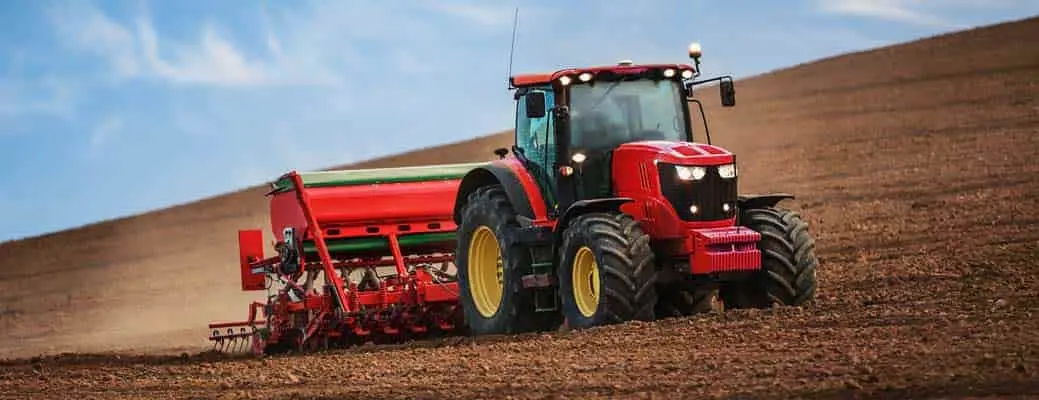How to Prevent a Tractor Rollover


According to the National Institute for Occupational Safety and Health (NIOSH), about 250 people are killed each year in tractor accidents. Rollovers count for more than half of these fatalities. Here are some tips on how to prevent a tractor rollover accident.
About 85 percent of tractor rollovers are side rollovers. The major causes of side rollovers are:
Tractor manufacturers prevent side rollovers by designing features and options that widen that base of stability and lower the tractor’s center of gravity. Some of the features are:
To reduce your chance of a side rollover you should practice road safety measures :
Rear rollovers are particularly dangerous because they happen so quickly which gives you little time to react. From the time the tractor begins to roll over, the incident can take as little as 1.5 seconds.
Tractor rollover protective structures (ROPS) exist in some equipment to minimize injury or prevent death. Some design features that lower the risk of rear rollovers are standard on newer tractors, but some are optional or for specific circumstances to maintain the proper weight balance. These include:
You can reduce your risk of rear tractor rollover by:
Follow these tips to help keep you safe from a tractor rollover. Reach out to your Farm Bureau agent if you have any questions or want to know how your farm vehicle equipment is covered.